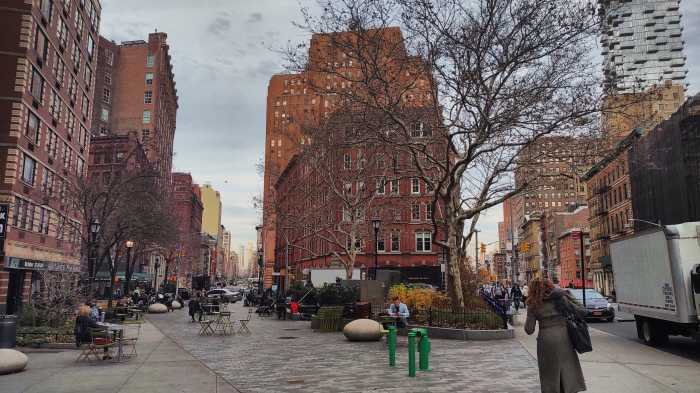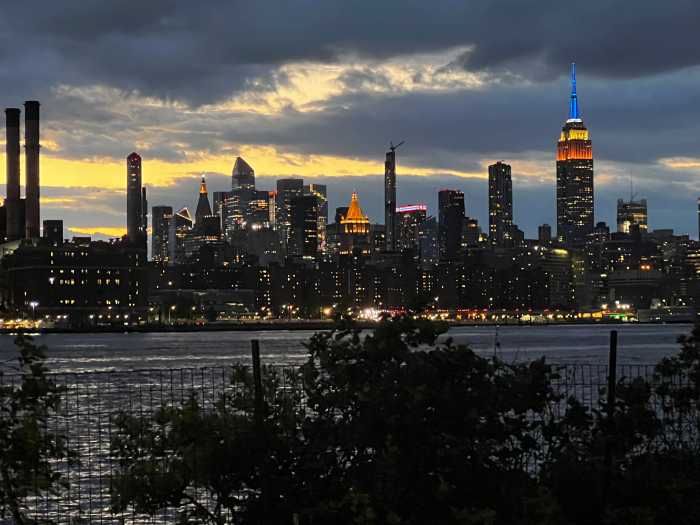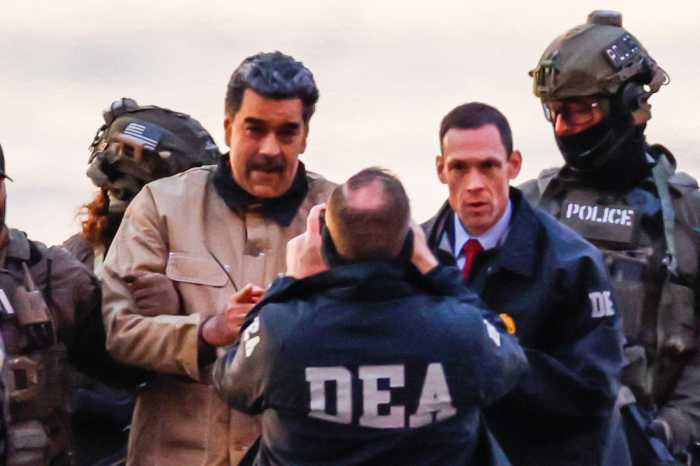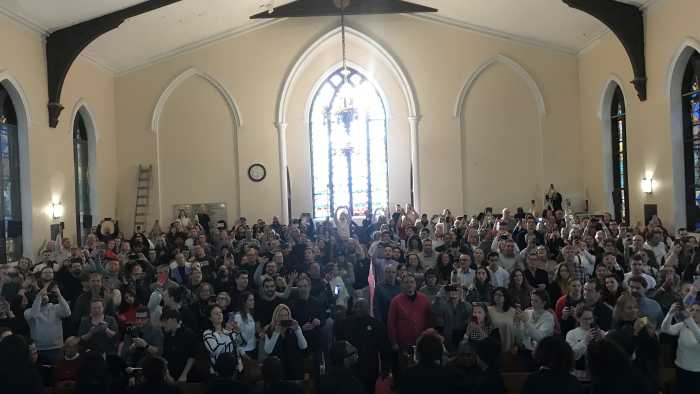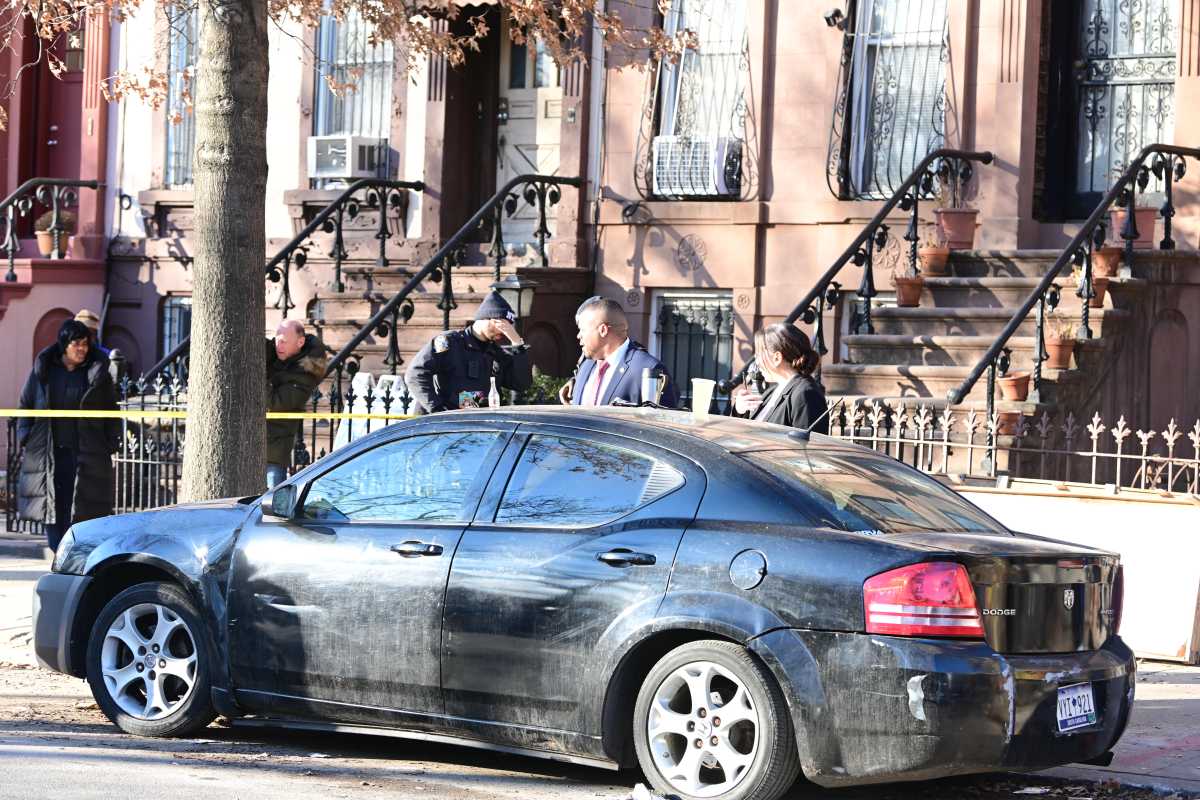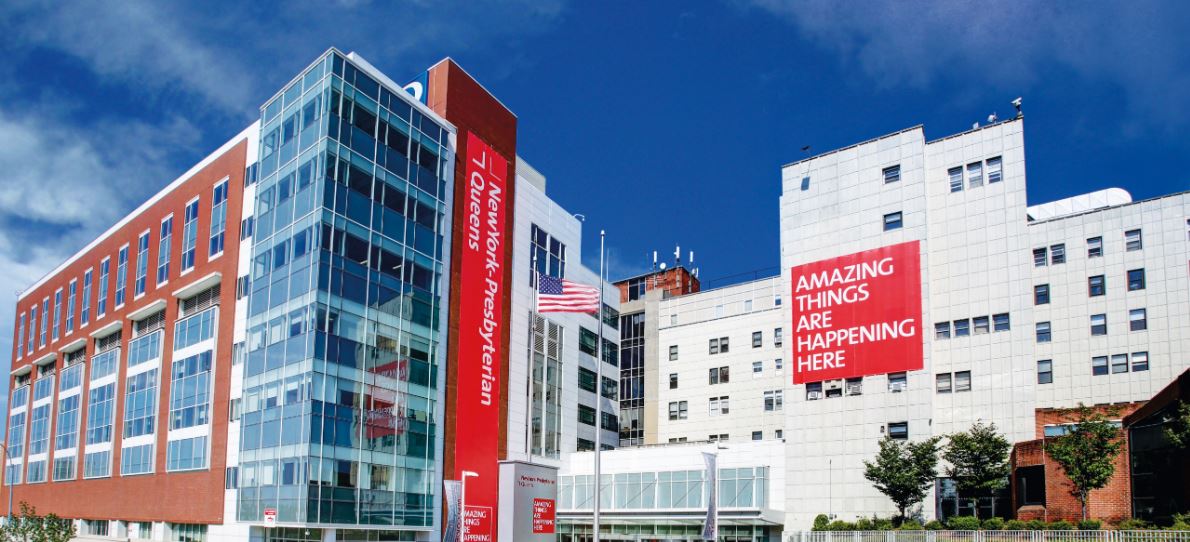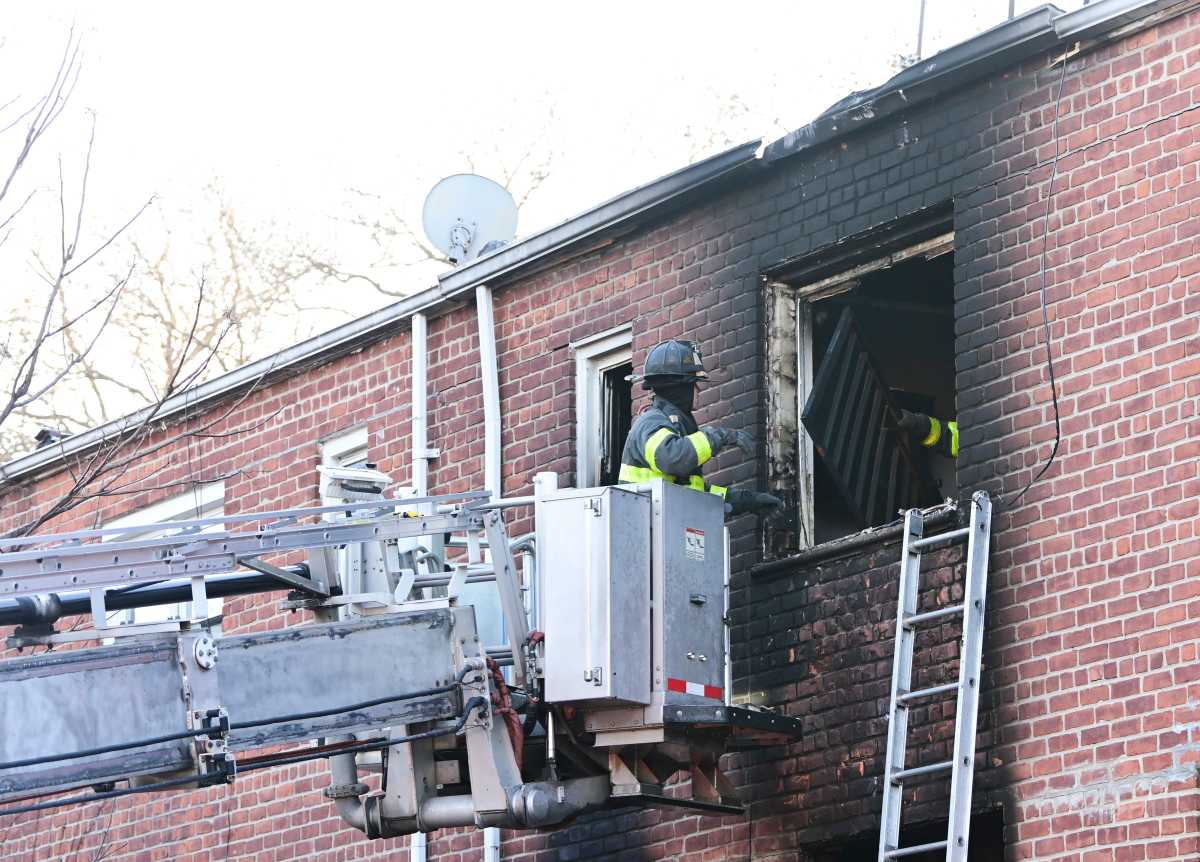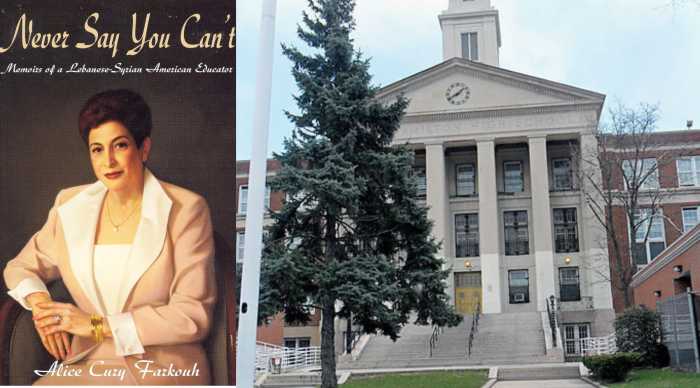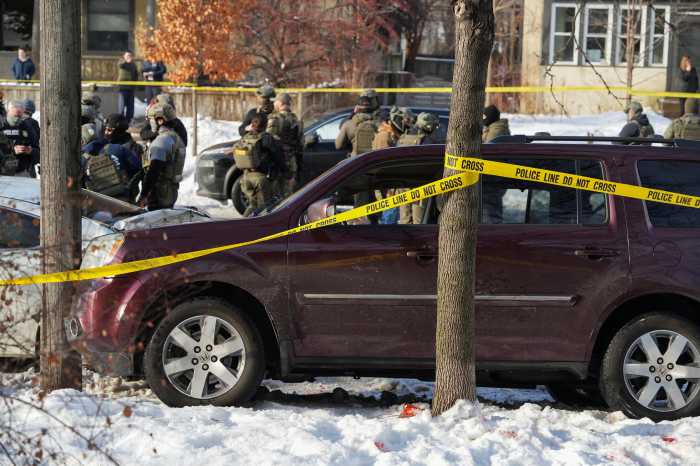Two years after superstorm Sandy, there is no question that NYC is better equipped for the next big storm.
The city has implemented 16 new laws to improve building resiliency. Con Edison has invested $1 billion to fortify electrical substations. On Staten Island, five miles of sand dunes have been installed to buffer the rising seas.
But when it comes to preparing our transit system, there is still tremendous work ahead. The MTA did a commendable job getting buses and subways back into operation after Sandy, yet the system remains too vulnerable.
Fortunately, there is a strategy to help avert future transit crises like these, which included closure of some tunnels and compromised wiring. The MTA recently unveiled its $32-billion capital plan, outlining upgrades it hopes to undertake in the next five years. It calls for replacing 940 antiquated subway cars and 84 miles of track. The plan would restore 20 neglected stations on six lines and help disabled New Yorkers by adding elevators at 13 stations. The plan also helps address the increased frequency and intensity of extreme weather events.
However, the capital plan’s fate rests in the hands of Gov. Andrew Cuomo and the State Legislature. While the plan would make serious progress in providing the world-class transit system NYC deserves, only half of the funds needed are in place. This means that the next few months are critical in convincing Albany that transit is a good investment.
Investing in the MTA and New York City’s transit system creates much needed jobs for the community. The New York Building Congress — a group of labor, construction and government organizations that promotes design and development — estimates that the MTA accounts for nearly a quarter of all construction jobs in the city. And while other major cities — such as London, Paris, and Hong Kong — are making significant investments in transit to maintain their competitive edge, New York lags behind.
If our state leaders are serious about building a “New New York,” they must strengthen their commitment to transit. A resilient and effective transit system is the backbone of any city’s prosperity. An investment in the MTA’s capital plan is an investment in New York’s future.
Marcia Bystryn is president of the New York League of Conservation Voters.



